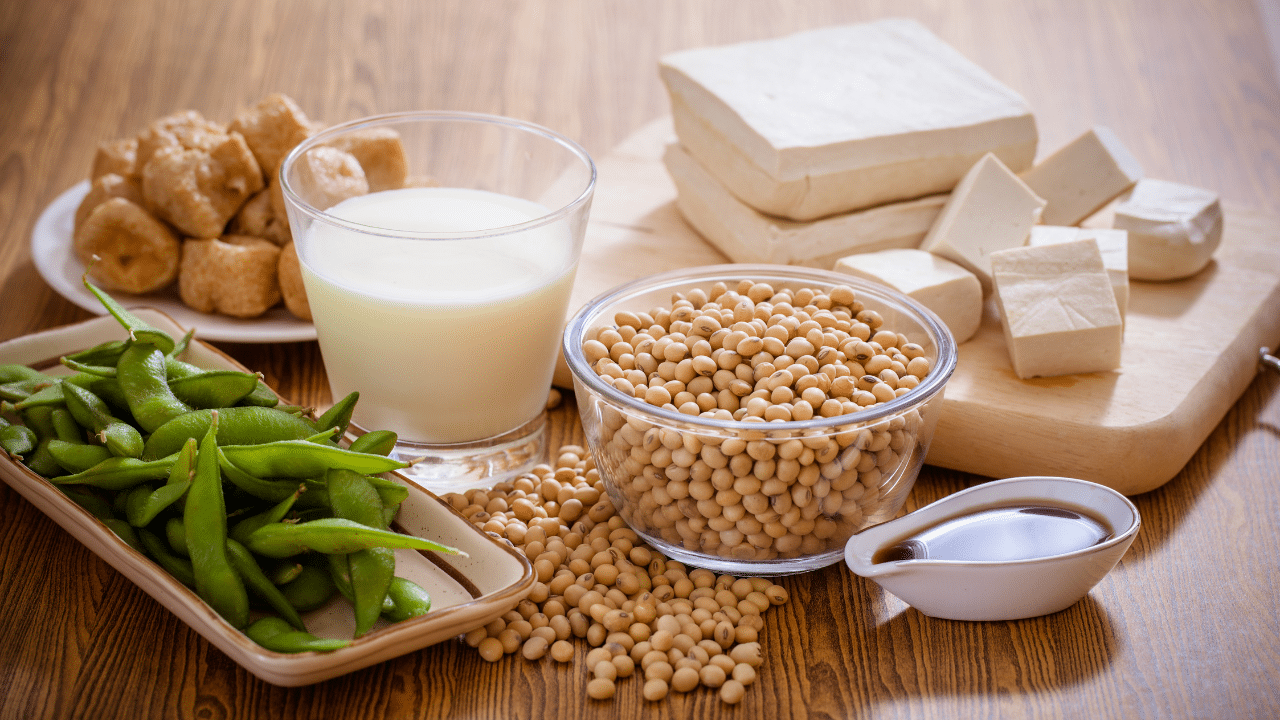
The Amazing Powers Of Honey
In 1403 the young Henry of Monmouth – the guy who grew up to be Henry 5th of England – momentarily lifted his visor. It was a mistake as he was in the middle of a battlefield. It took just a second for the arrow flying through the air to pierce his right cheek just below his right eye.
That sort of injury would normally kill a person. But Henry was made of stern stuff. Not to bore you with the details, but a dedicated amateur surgeon somehow managed to get the arrowhead from his cheek, and then filled the wound with a mix of herbs and honey.
Eventually, the wound healed, but the scar must have been something to behold. The only painting of Henry V shows him in profile with his left cheek to the painter.
Table of Contents
Honey has always been known for its soothing powers
Even the ancient Egyptians were well aware of honey’s curative power and throughout time we have used it in medicines and cooking. We eat it raw. You never have? Try it on hot toast sometimes. If you have nothing else, putting honey on a burn will help, and honey is known to soothe a cough too.
But why is honey so very good for us?
Raw honey is better
Although there are lots of different types of honey, in a broader sense, there are two types: raw and processed. The process type may have been pasteurized to extend its shelf life. It has certainly been strained and probably heated to produce the clear, thin amber liquid we all know so well.
Raw honey makers produce a slightly different product, usually in much smaller quantities. Honey direct from the hive may have some beeswax attached and it might also have some dead bees and they will be removed – usually by straining through a fine material.
Raw honey may also be cloudy or opaque, though not necessarily.
Pollen proof
Raw honey will have pollen. The bees can’t help but bring it back into the hive, so inevitably it will be in the final product. You will never see pollen in mass-produced honey – the processing gets rid of it as well as a lot of the other benefits.
Other benefits?
Raw honey has plenty of them. It is rich in antioxidants which have been shown to be helpful in heart disease, strokes, and even some cancers. It also has the right cholesterol; meaning it lowers the bad type and raises the good type.
But sugar is sugar
If you’re wondering about sugar just being sugar, so what difference does it make? You make a good point. Honey is high in fructose and glucose; two natural sugars. But the scientists would argue that it is still better than highly processed white sugar and definitely better than saccharine.
There is another point though, honey has a distinctive flavor and is ‘sweeter’ than sugar and so the tendency is to use less than you otherwise would. As places like diethive.com will tell you, if you bake with honey you will need less than you would sugar.
The idea is lowering the amount of sugar is better for all of us and perhaps especially so for diabetics. Yes, honey does raise blood sugar levels, just not as much as sugar does. It’s a small point but an important one.
Substituting honey for sugar
If you are cooking with honey, besides keeping the quantity lower than sugar another tip is to add a little baking soda. Just a quarter teaspoon will cut the natural acidity of the honey and offset the strong honey flavor. There is a different taste to it so you might have to adjust a little to get exactly the sweetness you prefer.
Another good tip is to reduce the amount of liquid. Honey is about 20% water, so try adding a little less water or milk or other liquid the recipe asks for. This is something you will get used to but about one-quarter cup of liquid less than every full cup of honey will be about right.
Give a thought to the bees
Honey comes from honey bees, and that is it. It only comes from bees and if there is anything else in it – it should be avoided. (Sometimes rice or corn syrup is added to make the product less expensive. Needless to say, this is a false economy!)
Bees roam the world for about 2 miles around their hive. They buzz from flower to flower collecting nectar and catching pollen on their legs as they go by. Amazingly, the rate at which their wings beat is perfect for the pollen of plants like potatoes and tomatoes to be wafted into the air pollinating as they fall.
On average, a bee lives for just 6 weeks or so, and during that time the honey they make amounts to approximately 1/12th of a teaspoon. The hive itself will use perhaps about 20lbs of the 60 – 100lbs of honey produced every year. And bees can only collect nectar on days which are warm enough for them to fly around. It is easy to see why there is only so much honey available.






